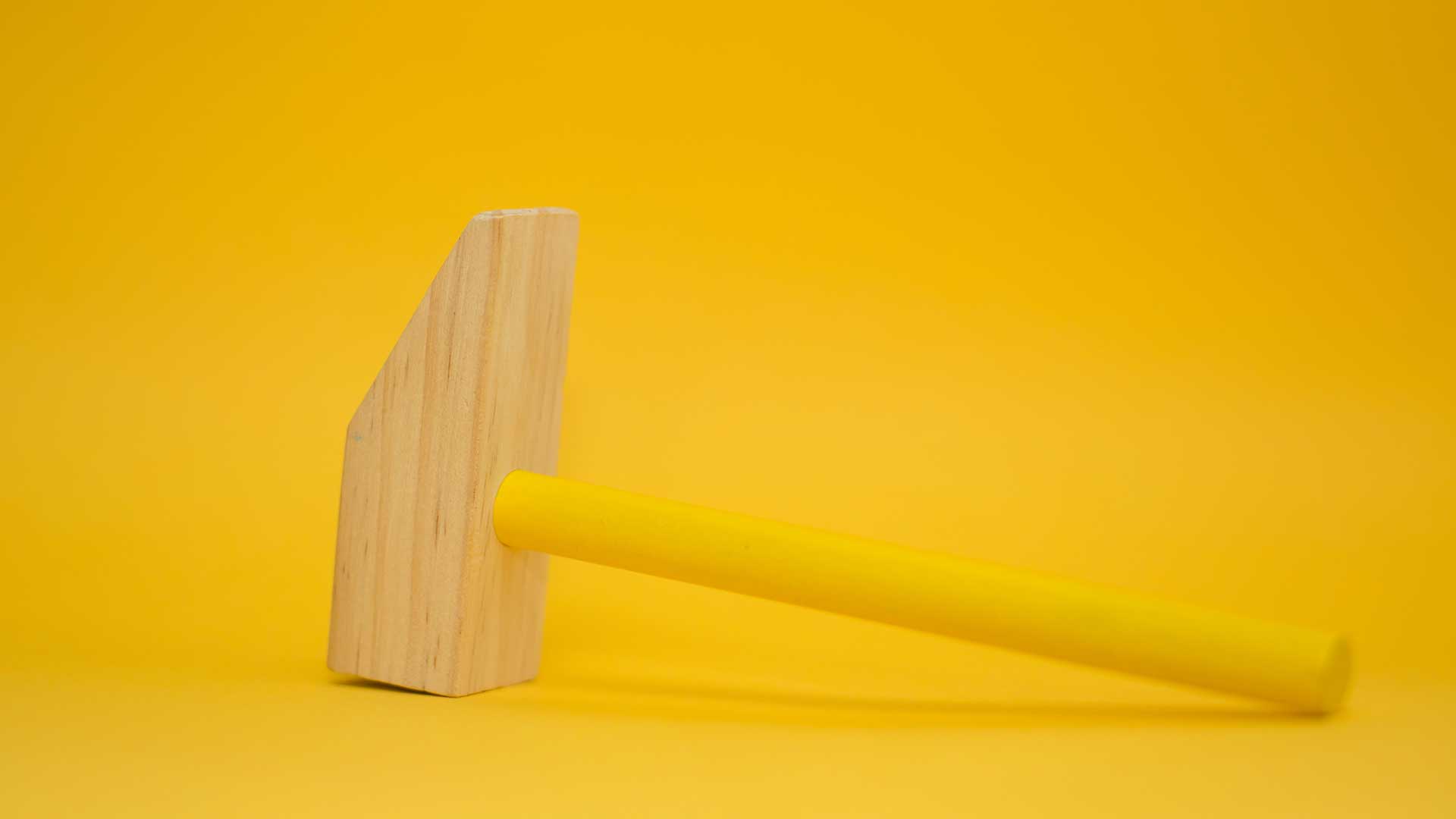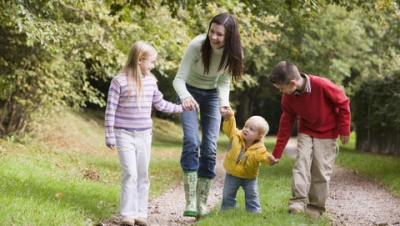Teaching Kids DIY Outdoors
DIY projects help boost the social skills, self-esteem, and brain function of children, with many also having improved focus and better mental health. Your backyard is the perfect place to start teaching the kids some basic building and decorating skills, as there is less mess to clear away and plenty of space to experiment. Activities such as building a treehouse or a playground can ultimately help children get back to nature and play outside more often. Take a look at some tips for teaching your kids basic DIY skills safely.
Safety Lessons
Before teaching children how to use tools, you should start by giving them a basic DIY safety lesson. Purchase some safety equipment for your child, such as a hard hat, goggles, and some safety clothing to show the importance of keeping yourself protected. Roughly 8,000 children are treated for fall-related injuries daily; therefore, you should ensure that they are as safe as possible when around tools and potentially dangerous objects. You can then show them how to safely use each tool. Purchasing some smaller and safer versions of the tools you own is a safe way to help them start building things with you. To make your child feel more involved, get them their own tool belt to hold their child-friendly toolset, or invest in a smaller version of your own workbench to make them feel like a grownup. You can even help them to build their own workbench once you have taught them how to use the tools safely.
Building Things
You may want to start building your kids a new slide or a new swing set but want to get them involved. Children learn essential motor skills and hand-eye coordination by simply playing with building blocks; therefore, they can enhance their skills more successfully by helping you build something practical. There are also links between construction play and spatial skill development, as well as teamwork skills. Your child will also learn to communicate more effectively while helping you with your building project. Start by showing them how to screw into drywall, as this is easier than wooden surfaces. If your child is a little older, you can start to show them how to use a powered screwdriver safely, as this is easier than screwing manually. Hammering is also an easy activity to supervise and teach. It might be best to start with blunt nails until they are a little older for safety reasons. Carriage bolts are flatter screws without a sharp end, and these can be hammered by your children safely.
Painting And Decorating
Painting has been shown to help children’s mobility skills as well as their creativity. Smaller children can use sponges or smaller paintbrushes to get started on the painting, while older children may want to learn how to use rollers or larger brushes. Start your kids on something small, such as a toolbox or a small climbing frame, to get the hang of using the brushes. Alternatively, they can help you to decorate inside the shed with some plain wallpaper that doesn’t require matching. They can get involved in pasting the paper with you, or they can use some safety scissors to learn how to cut paper in a straight line. Kids will enjoy getting involved in the process, and you can avoid any mishaps by letting them practice on paper or spare wood first.
Children can develop essential life skills by getting involved in DIY projects. They can also pick up teamwork skills, creative skills, and critical thinking skills by following plans and working out how to put something together. It is also a great family bonding activity, which is enhanced by taking it outdoors in the summer months.










Add new comment